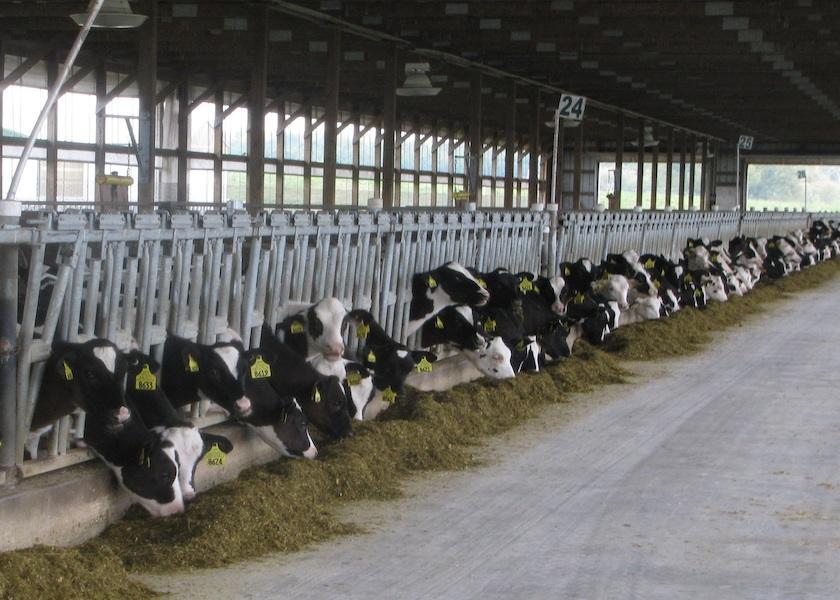Bodyweight at First Calving: How Critical Is It?

Is the “ideal” heifer fully grown by the time she has her first calf? Is breeding younger heifers, to calve earlier, detrimental to their lifetime productivity?
The delicate dance to achieve the optimal heifer size at first calving was examined by a team of researchers from Penn State University and the University of Florida, and published in the Journal of Dairy Science.
The study incorporated data from 1,110 Holstein cows from the Penn State dairy herd, and 1,229 Holstein cows from the University of Florida dairy herd. The data spanned 15 years, from 2001 to 2016.
Key measures within the study were:
- Body weight within the first 5-10 days of first calving;
- Maturity rate, defined as body weight at first calving as a percentage of mature weight; and
- Body weight change after 30-40 days in lactation;
- Milk yield in the first, 305-day lactation;
- Milk yield in the first 24 months of lactation; and
- Herd longevity.
An analytical model normalized the data to account for variations in farm, year, season and age at first calving.
The data analysis revealed:
- Heifers in the top 60% of body weight at first calving had significantly higher first-lactation milk yields (avg. 22,183 lbs.) than lighter heifers (avg. 21,604 lbs.). However, there was wide variation among these animals, and no relationship between weight and milk yield within the fairly large data set of 60% of the total number of animals.
- There was no significant relationship between body weight at first calving and longer-term milk yield (the first 24 months post-calving).
- Heavier heifers lost significantly more bodyweight in early lactation than lighter animals.
- Compared to the lightest heifers, the heaviest heifers were 49% more likely to be culled at a given time.
The research team concluded that, when managed similarly, heifers that were heavier at first calving produced more milk in first lactation, but lost more bodyweight and were at a higher risk of being culled. They also did not produce more milk long-term.
The researchers concluded that the “sweet spot” for first-calving heifer weight appears to be about 73-77% of mature weight. They said heifers that calve in that range have the best chance of producing reasonably well in their first lactations, without sacrificing long-term milk yield and herd life.







